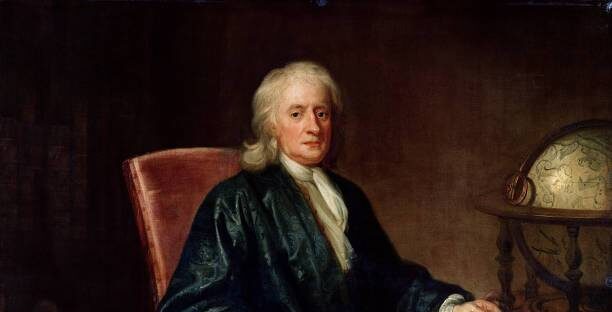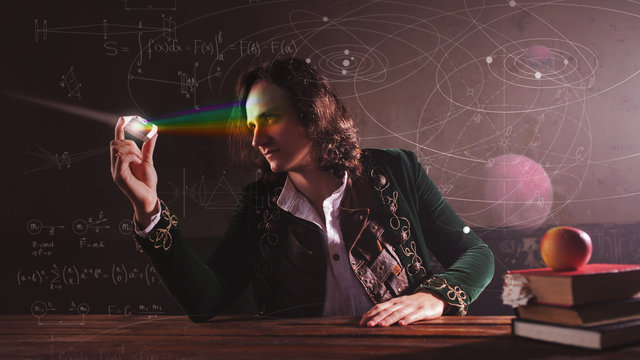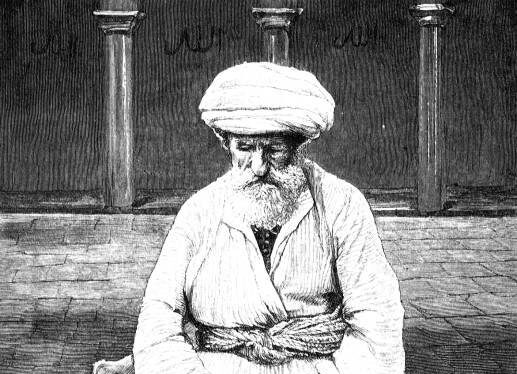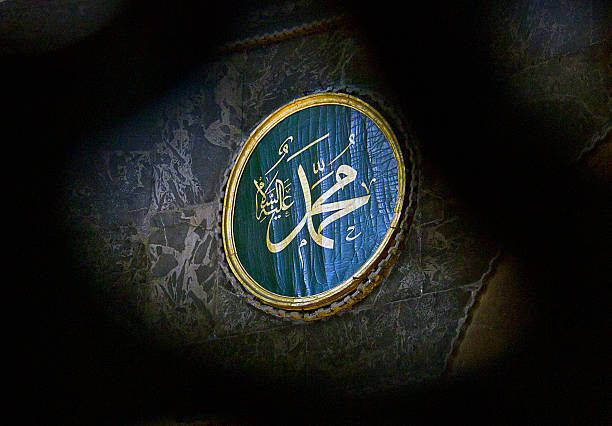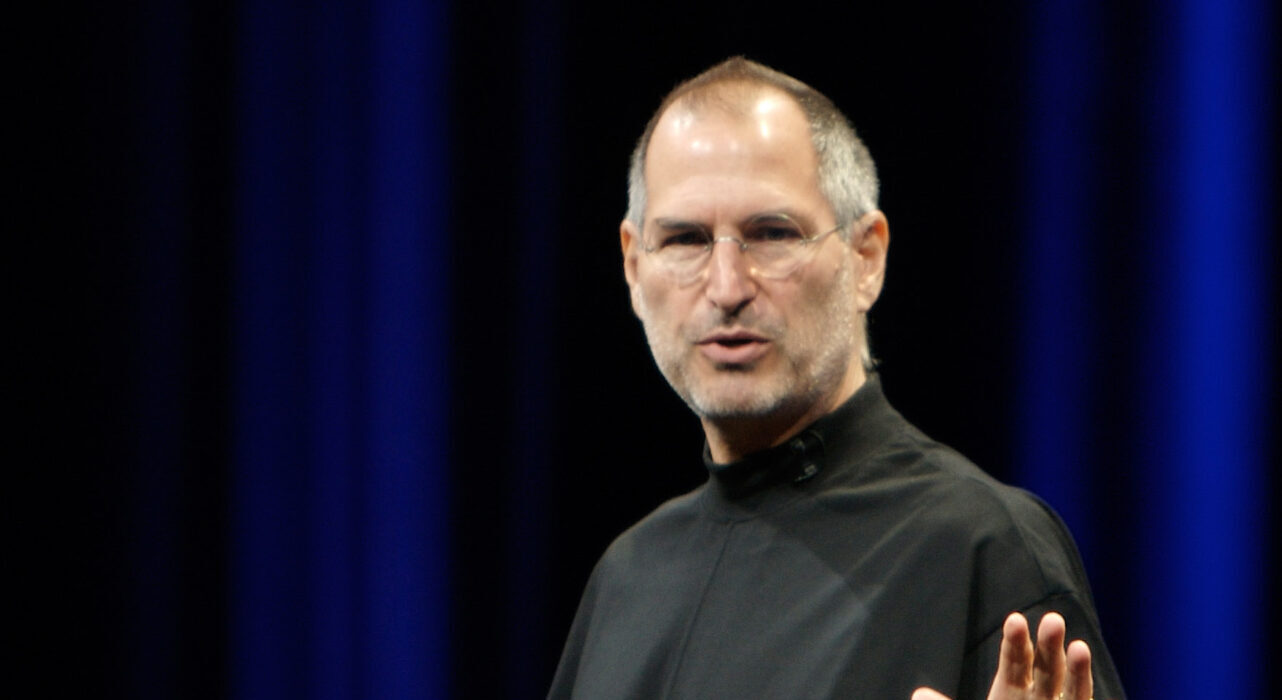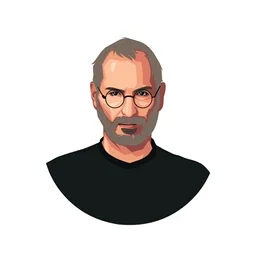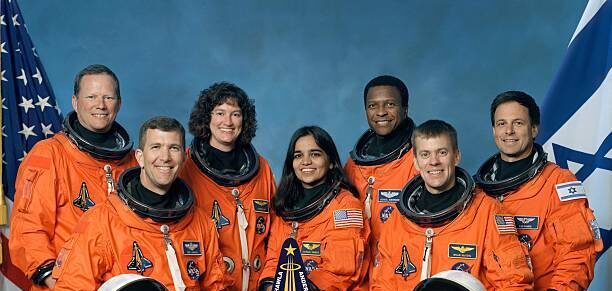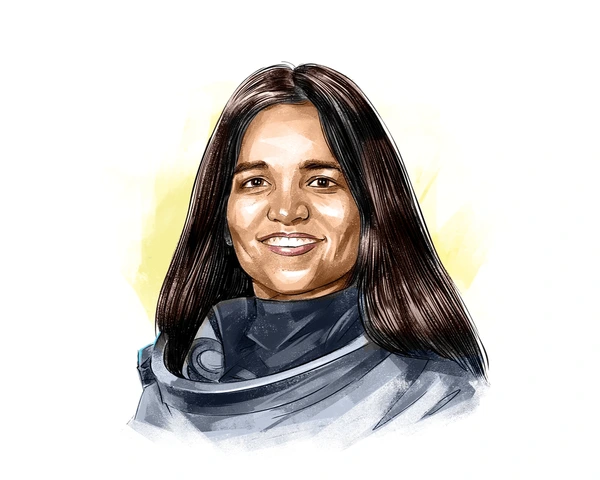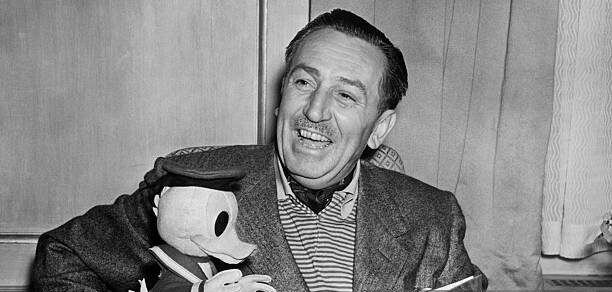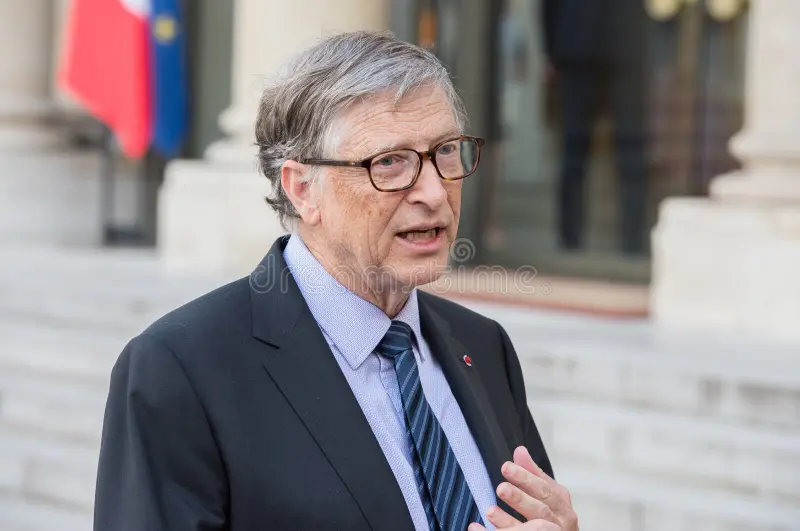Hasbulla Magomedov : Internet Icon & MMA’s Meme King
Hasbulla Magomedov : Internet Icon & MMA’s Meme King

In a world filled with influencers and viral moments, few personalities have captured the internet quite like Hasbulla Magomedov. Standing at just over 3 feet tall with the attitude of a champion and the charisma of a seasoned entertainer, Hasbulla isn’t just a meme — he’s a full-blown cultural phenomenon.
Born with a rare genetic condition and raised in Dagestan, Hasbulla’s rise to fame has been anything but ordinary. From dominating social media feeds to making cameos with UFC stars, he’s proven that size doesn’t determine impact — personality does. But who exactly is Hasbulla, and why has the world become obsessed with this pint-sized powerhouse?
Let’s dive into the life, rise, and worldwide influence of Hasbulla Magomedov.
🌍 Who Is Hasbulla Magomedov?
Hasbulla Magomedov, often affectionately called “Mini Khabib,” was born in 2002 in the Republic of Dagestan, Russia. He has a form of dwarfism caused by a growth hormone deficiency, which gives him his childlike appearance despite being an adult.
While Hasbulla initially lived a quiet life, his presence on social media began gaining traction in 2020. What started as funny, relatable videos and playful standoffs soon exploded into a global phenomenon. His confident, cheeky, and sometimes feisty personality quickly set him apart from your average influencer.
Whether he’s calling out fighters, riding around town on quad bikes, or just cracking jokes in his thick Dagestani accent, Hasbulla radiates authenticity — and the internet loves him for it.
🥋 “Mini Khabib” and His MMA Ties
Hasbulla earned the nickname “Mini Khabib” after mimicking UFC legend Khabib Nurmagomedov — also a Dagestani native. The video, which featured Hasbulla in traditional Dagestani attire, staging a mock weigh-in and fight entrance, went viral almost instantly. Fans couldn’t get enough of his charisma and natural comedic timing.
Soon, he was seen hanging out with Khabib himself, solidifying his status in the MMA community. He’s since rubbed shoulders with top-tier UFC fighters like Islam Makhachev, Dana White, and others.
While Hasbulla isn’t an actual fighter, his energy and fearlessness have made him an unofficial mascot of Dagestani MMA culture — tough, proud, and always ready for a challenge.
📱 Internet Fame: Memes, Mock Fights, and More
What really sets Hasbulla apart is his internet savviness. He became a meme machine thanks to:
-
Fake beefs and mock fight videos, particularly with fellow social media sensation Abdu Rozik (another individual with a similar growth condition).
-
Iconic catchphrases, head slaps, and facial expressions that became perfect reaction content.
-
Consistent use of Instagram, TikTok, and YouTube to share day-in-the-life style content.
Fans around the world started remixing his clips, adding funny subtitles, or just watching him live life unapologetically. His comedic timing, confidence, and interactions with bigger personalities made each clip share-worthy.
By late 2021, Hasbulla had gone mainstream, getting featured on international platforms and becoming a pop culture fixture.
💼 Business Deals and Partnerships
With fame came opportunity. Hasbulla landed several brand sponsorships, ranging from local brands in Russia to international merch deals. But his biggest move came in 2022, when it was announced that he signed a multi-year contract with the UFC — not as a fighter, but as a promotional figure.
This made headlines everywhere. UFC president Dana White confirmed the deal, saying Hasbulla would appear in marketing materials, fan events, and more. For the UFC, it was a savvy move to tap into his global popularity.
He’s also launched official merchandise, collaborated with content creators worldwide, and become a TikTok staple. At this point, Hasbulla isn’t just viral — he’s a brand.
🧠 More Than a Meme: Hasbulla’s Cultural Impact
Many people might first view Hasbulla as a meme, but that’s underestimating his influence. He’s breaking stereotypes around disability and showing the world what confidence and personality can achieve, regardless of physical limitations.
He’s also become a symbol of pride for Dagestan, a region often underrepresented in global media. Through Hasbulla, millions have discovered the local culture, food, and people — all thanks to one young man with a big personality.
Even though he doesn’t speak English, his body language, tone, and style of humor have proven universally appealing. That’s a rare gift.
✈️ International Fame and Travel
Hasbulla’s popularity has taken him beyond Russia. He’s been spotted traveling across the Middle East, making appearances in Dubai, and meeting global fans wherever he goes. Despite his small size, his presence fills the room, drawing cheers and admiration.
He’s also been the guest of honor at numerous events, meet-and-greets, and fan expos. While he usually keeps a small circle of friends and family around him, Hasbulla continues to surprise fans with his reach.
❤️ Fans, Criticism & Controversies
Like any major internet figure, Hasbulla isn’t without criticism. Some debates have surfaced around the ethics of internet fame when it comes to individuals with genetic conditions — with questions about exploitation or unfair portrayal.
However, those close to Hasbulla, including his family and handlers, insist that he’s in control of his image and content. His interviews and clips also show that he’s aware of his fame and enjoys entertaining fans on his own terms.
He’s also been involved in minor controversies — from slapping fans who get too close, to public outbursts. But for the most part, his fans remain loyal, often defending his actions as part of his signature sass.
🎤 Famous Quotes and Iconic Moments
-
“I will smash you!” — His mock threat that turned into an internet catchphrase.
-
His feud and face-off with Abdu Rozik, which was promoted like a pay-per-view UFC bout.
-
When he yelled at someone for touching his hat, and it instantly became a reaction meme.
🧩 Hasbulla in Pop Culture
From NFTs to parody accounts and music remixes, Hasbulla is everywhere. Celebrities, gamers, athletes — they’re all fans. He’s been name-dropped in songs, featured in YouTube thumbnails for clout, and even appeared in EA Sports UFC 4 as a character mod by fans.
He might not throw real punches, but his impact is hard-hitting across the digital world.
🌟 Final Thoughts: The Legend of Hasbulla
What makes Hasbulla Magomedov truly special isn’t just his size, his memes, or his bold personality. It’s how he’s taken something unique about himself and turned it into a global superpower.
He’s taught us to laugh, not out of mockery, but admiration. To embrace who we are. And that sometimes, you don’t need to throw a real punch to make a huge impact.
Hasbulla isn’t just internet-famous. He’s a digital-age folk hero.
momdadsphere



